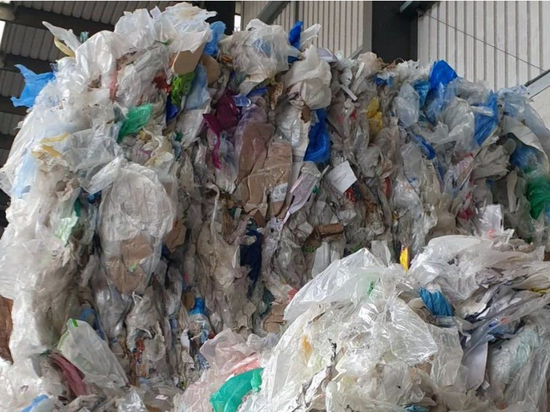
#Industry News
After an alternative fuel experiment by a Chinese company, it was concluded that every 1.74t of alternative fuel can save 1t of coal.
Can alternative fuels really reduce fossil fuel use? How much coal can be saved by the use of alternative fuels?
Can alternative fuels really reduce fossil fuel use?
How much coal can be saved by the use of alternative fuels?
Below, a Chinese company conducted an experiment of SRF alternative fuel used in industrial kilns, exploring "How much coal can be saved by the use of alternative fuel?" in the process data and practical results.
1. Raw materials for testing
Through the SRF alternative fuel preparation system developed by HarDen, the general industrial solid waste alternative fuel is prepared from waste clothing, waste corners and other textile waste. The system can produce 4500CAL SRF alternative fuel by crushing, magnetic separation, wind separation and other processes.
2. Experimental environment
In a 4800t/d cement clinker production line of a Chinese company, the built cement kiln collaboratively disposed of 500t/d of domestic waste project was tested, using SRF alternative fuel to replace part of the traditional fuel "coal" to produce cement clinker.
3. Operation parameters of the actual test
In this study, the gradient test method was adopted. The feeding system of the cement kiln for the coordinated disposal of 500t/d domestic waste project in this kiln line was used to feed the alternative fuel into the decomposing furnace, and the test was carried out at the given feeding rate of 0,3,5,8 t/h respectively.
During the test, key indicators such as alternative fuel feeding amount, alternative fuel consumption, tail coal consumption, and clinker coal consumption per ton were statistically analyzed. Specific statistical data are shown in the following table.
Throughout the process, it can be clearly seen that with the addition of alternative fuels, the consumption of tail coal and tons of clinker physical coal is significantly reduced.
4. Analysis of test results
During the test, the total consumption of alternative fuels was 470t, and a total of 330.38t of coal was saved. The coal substitution effect of alternative fuels was as follows: the total amount of alternative fuels into the kiln/the total amount of coal saved =470/269.54=1.74, so it was concluded that each 1.74T of alternative fuels could save 1t of coal.
It is worth mentioning that compared with the theoretical 1.62t saving 1t of coal, it can be inferred that the actual thermal efficiency conversion rate of 1.62/1.74≈0.931, that is, the thermal efficiency conversion rate of solid alternative fuel composed of textile waste is about 93.1%, which is quite excellent.
The SRF alternative fuel used in this experiment was prepared by HarDen's INDUSTRIAL WASTE RECYCLING DISPOSAL SYSTEM. HarDen has more than ten years of experience in solid waste treatment. After years of continuous innovation and research and development, the whole system has been optimized and upgraded, so that the final SRF alternative fuel has a great improvement in the size of the discharge, the heat replacement rate, the heat loss coefficient is lower, and the average combustion calorific value of the alternative fuel is up to 4800-5200 kcal. Walking in the forefront of the world.










